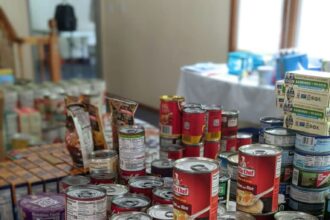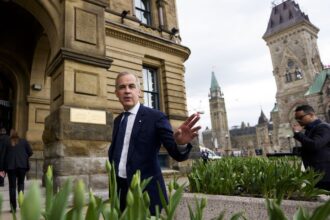In a fiery exchange at Queen’s Park yesterday, Liberal MPP John Fraser launched a scathing critique of the Ford government’s handling of education infrastructure, declaring that Ontario schools have become “not safe places to learn.” The Ottawa South representative’s comments come amid growing concerns about deteriorating conditions in classrooms across the province.
“We’re sending our kids to schools that have lead in the water, that have asbestos in the ceiling, that have black mold,” Fraser asserted during question period, his voice rising with visible frustration. “These are not safe places to learn.”
The confrontation highlights the escalating tension over Ontario’s education infrastructure deficit, estimated at more than $16.8 billion according to the most recent facility condition data. This staggering figure represents accumulated repair and maintenance needs that have gone unaddressed, leaving many school buildings in concerning states of disrepair.
Education Minister Stephen Lecce responded by pointing to his government’s investments, including a commitment of $14 billion over ten years for school construction, repairs, and renovations. “We have invested record amounts to build new schools and repair existing ones,” Lecce countered, though critics note this falls short of addressing the total infrastructure backlog.
Fraser’s criticisms extend beyond physical infrastructure to classroom conditions and supports for students with special needs. “There are kids with special education needs who can’t get the supports they need,” he said, connecting facility inadequacies to broader educational challenges across the Ontario school system.
The debate occurs against a backdrop of increasing financial pressures on school boards. Many districts report operating with strained budgets while attempting to address both immediate safety concerns and long-term infrastructure needs. The Ontario Public School Boards’ Association has previously warned that deferred maintenance creates a “snowball effect” where small issues become major, costly problems.
Parent advocacy groups have rallied behind Fraser’s concerns. The Ontario Parent Action Network released a statement following the exchange, citing examples of schools with persistent heating failures, water quality issues, and ventilation problems that have worsened since the pandemic highlighted air quality concerns.
“When we talk about education, we need to talk about the actual physical spaces where learning happens,” said education policy analyst Maria Rodrigues. “Research consistently shows that poor facility conditions negatively impact both student achievement and teacher retention.”
As the political battle over education funding intensifies, the question remains: at what point does fiscal restraint compromise the fundamental right of students to learn in safe, healthy environments? For thousands of Ontario families sending children to aging school buildings each day, the answer cannot come soon enough.







